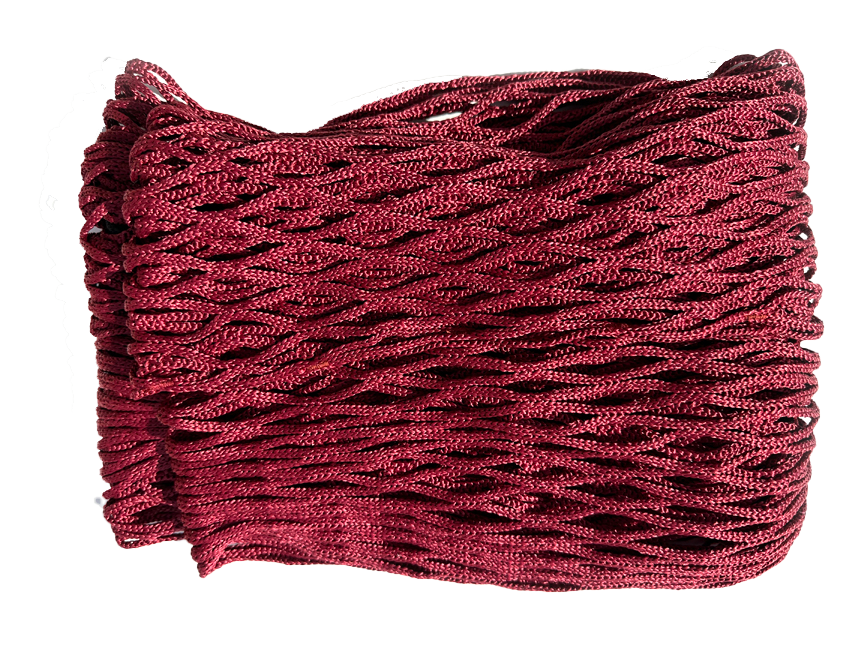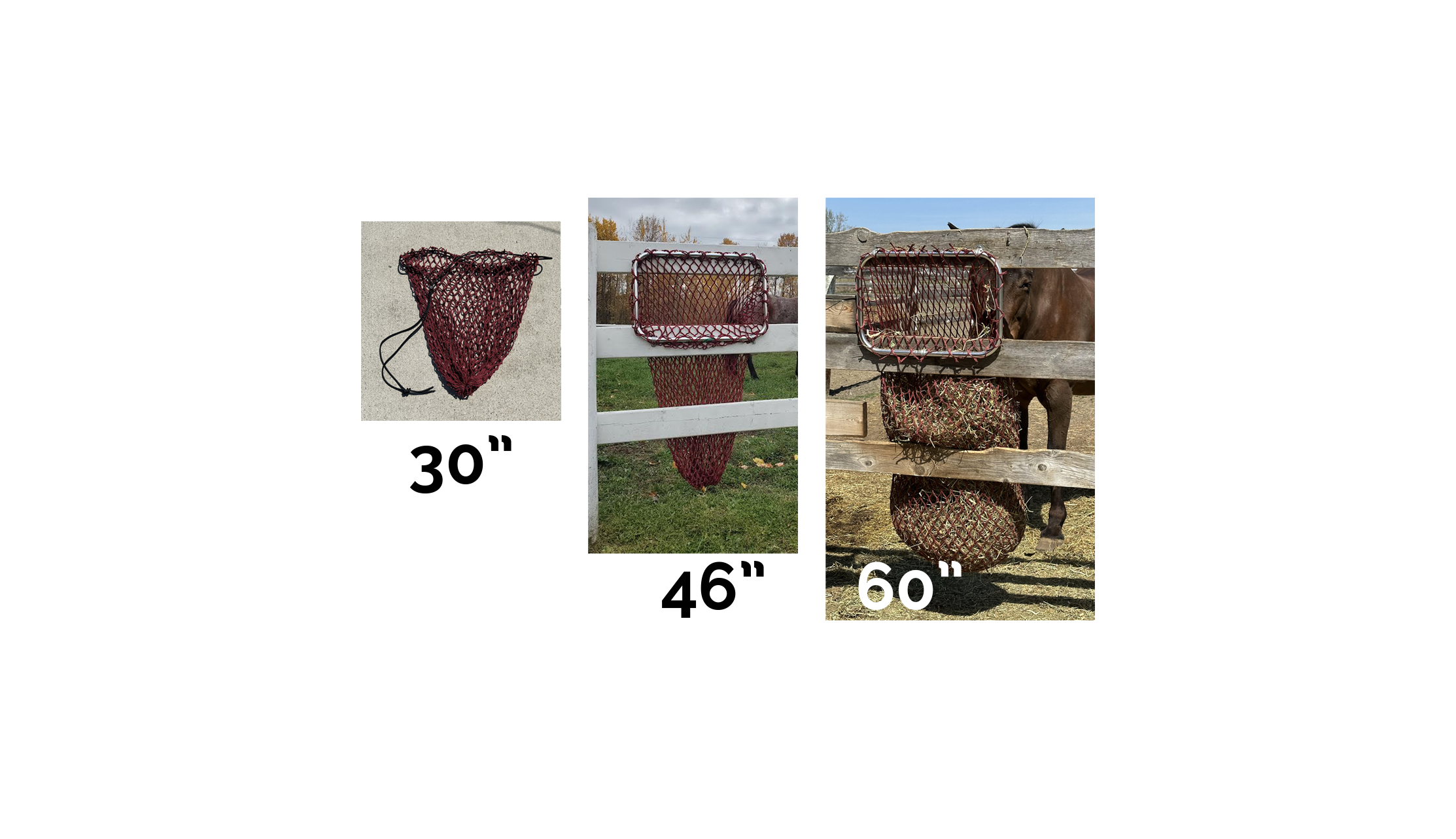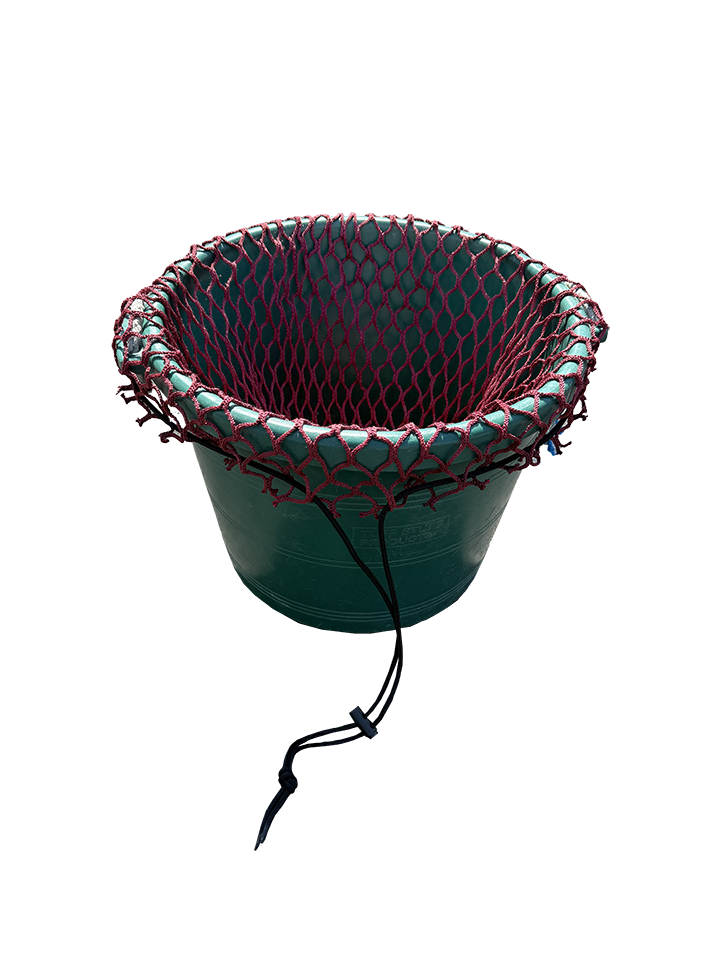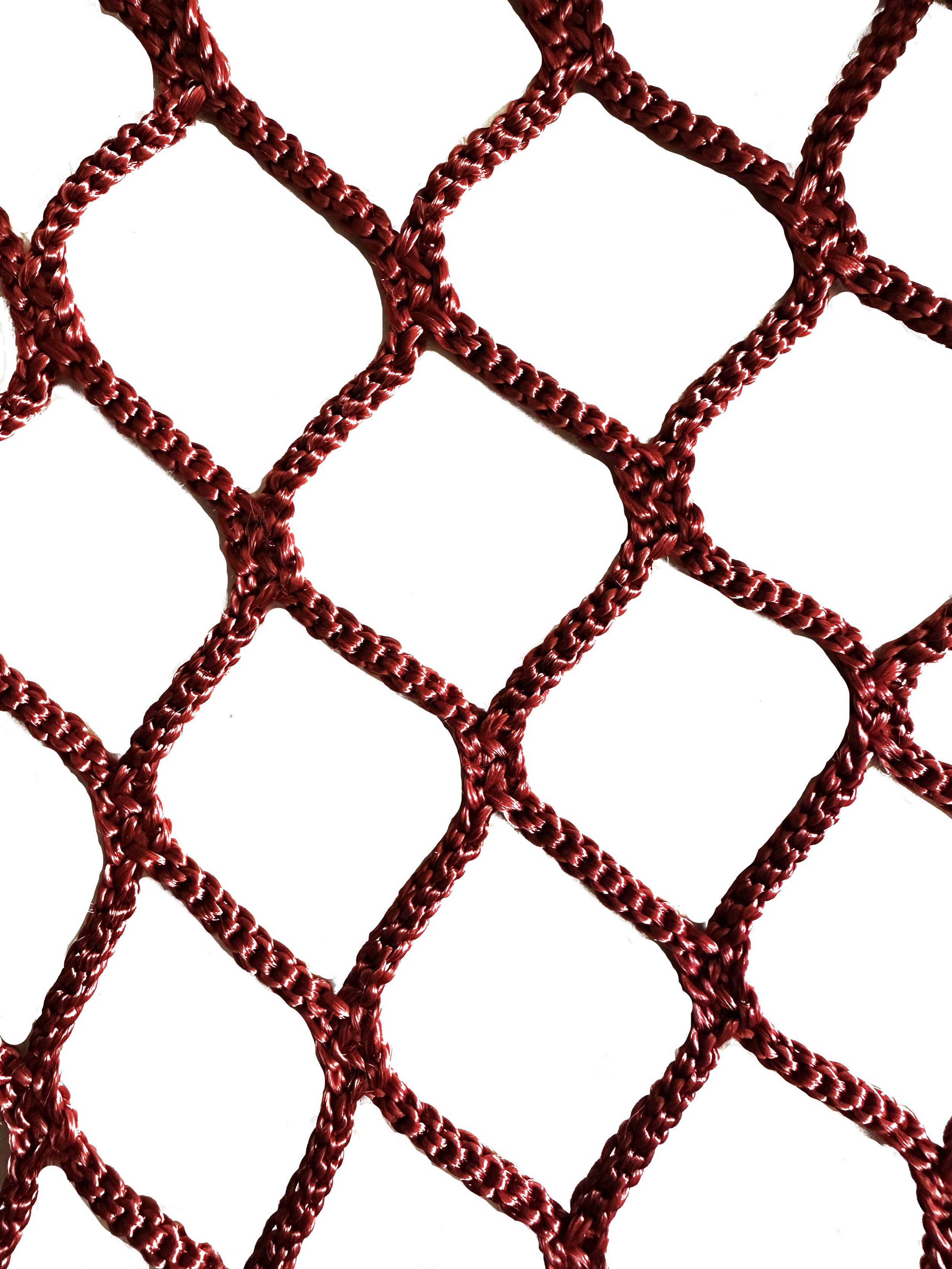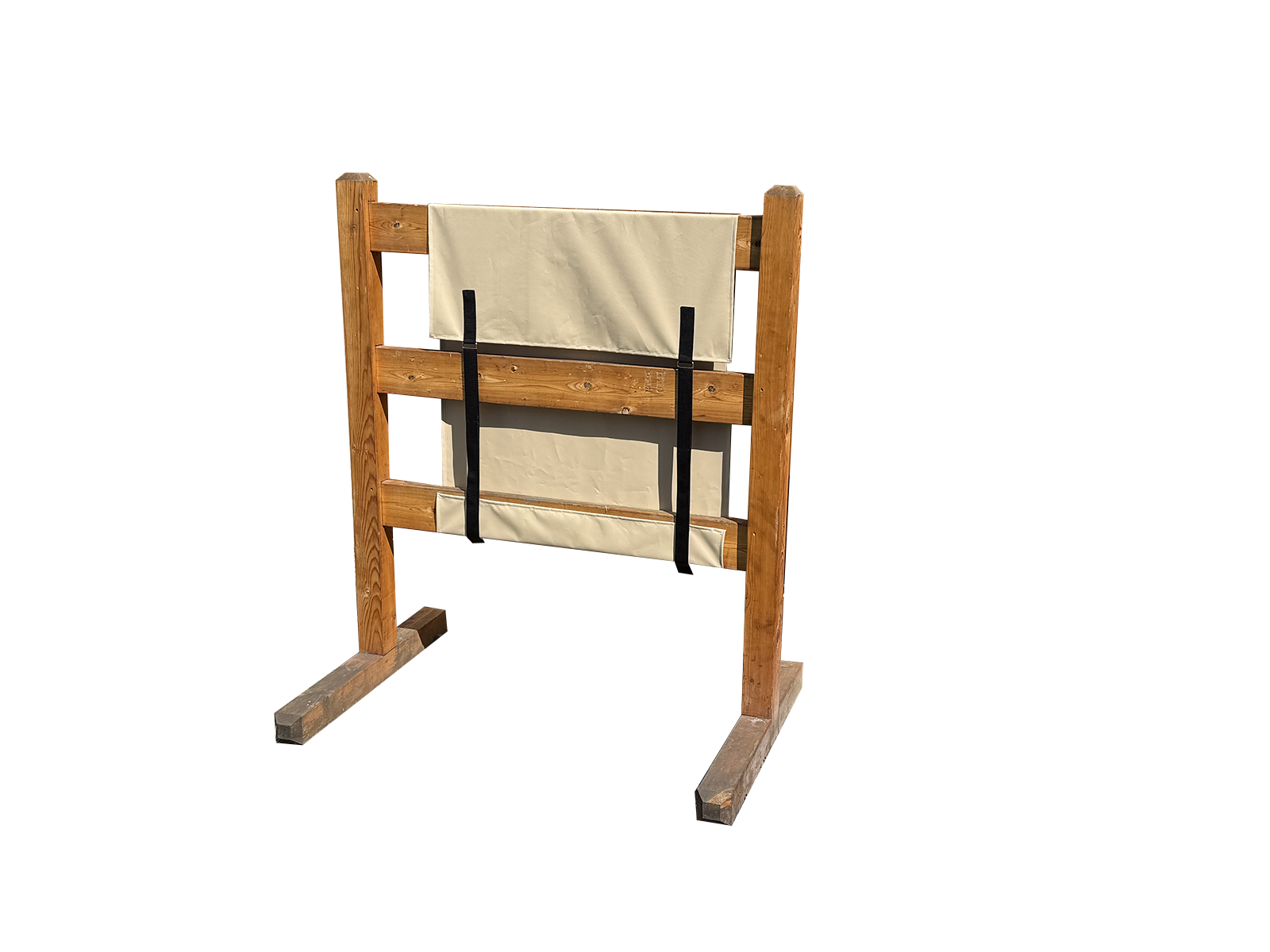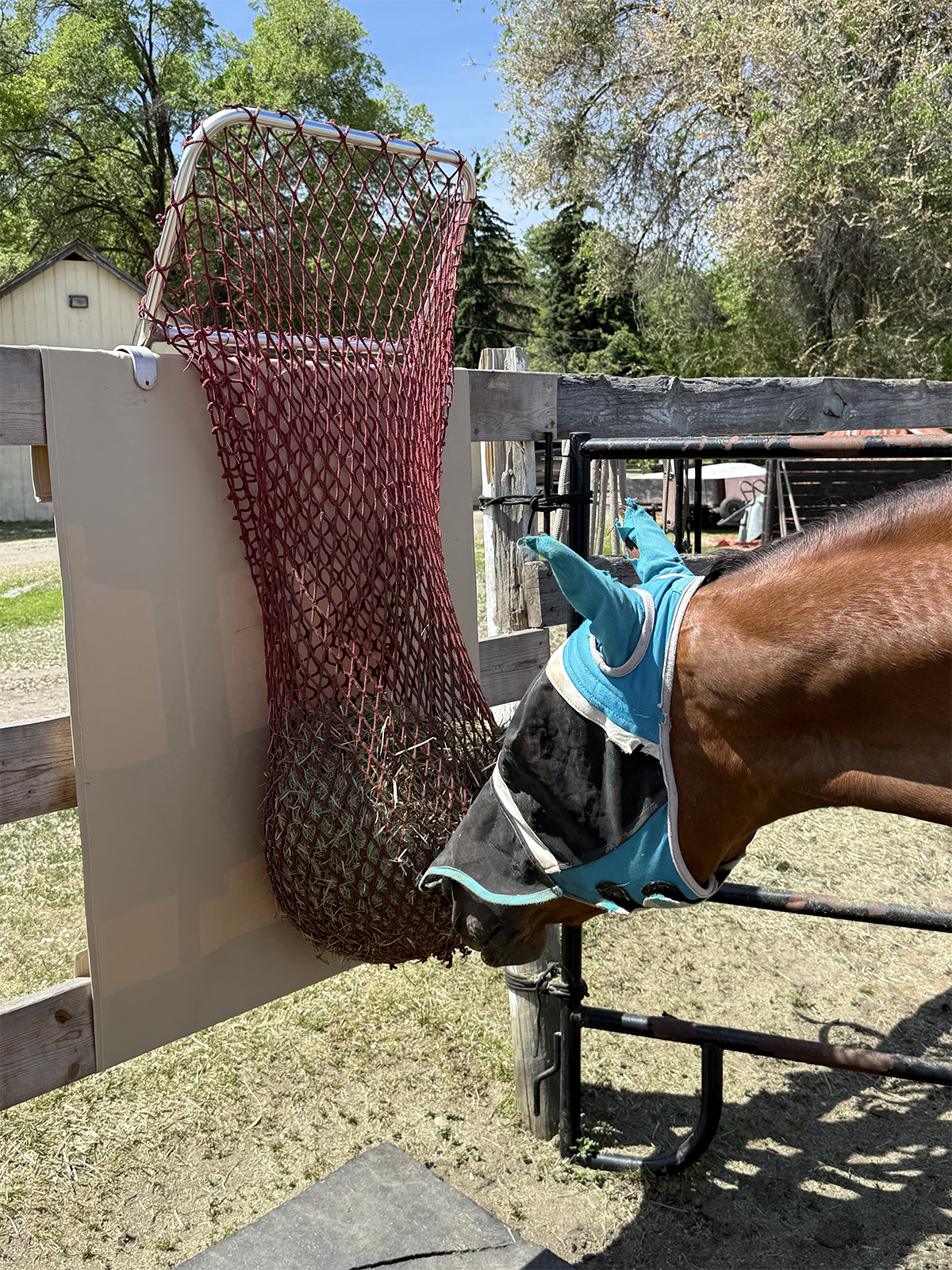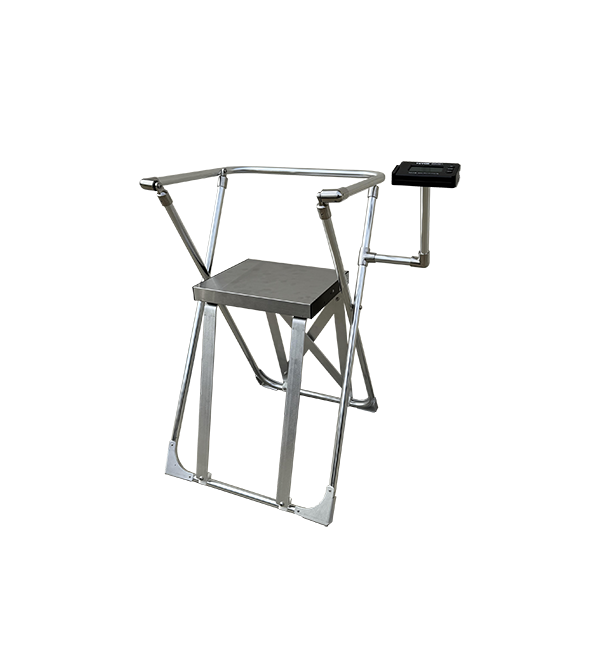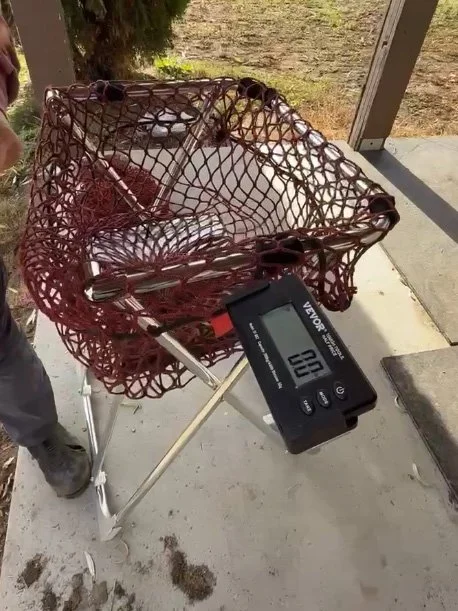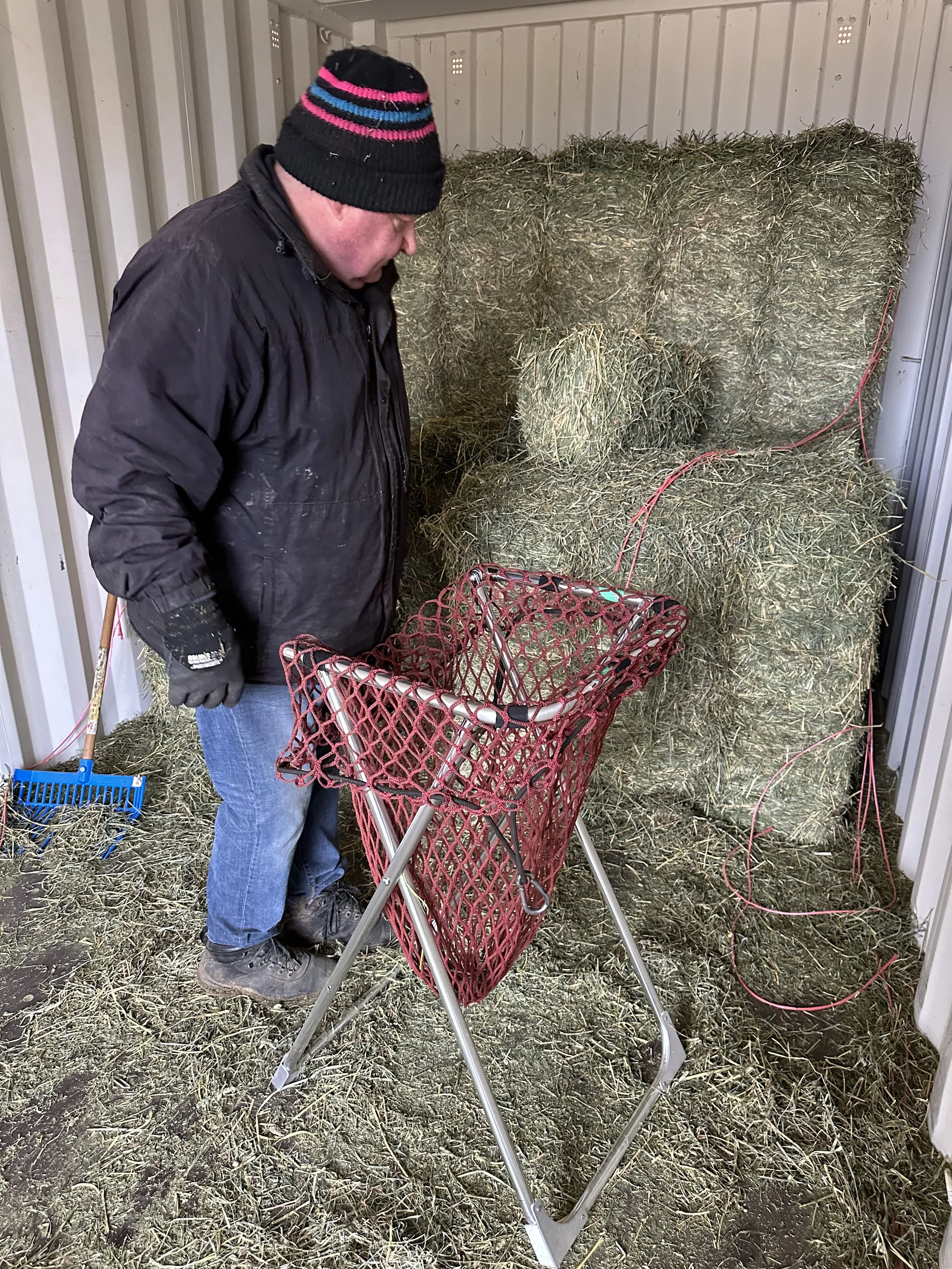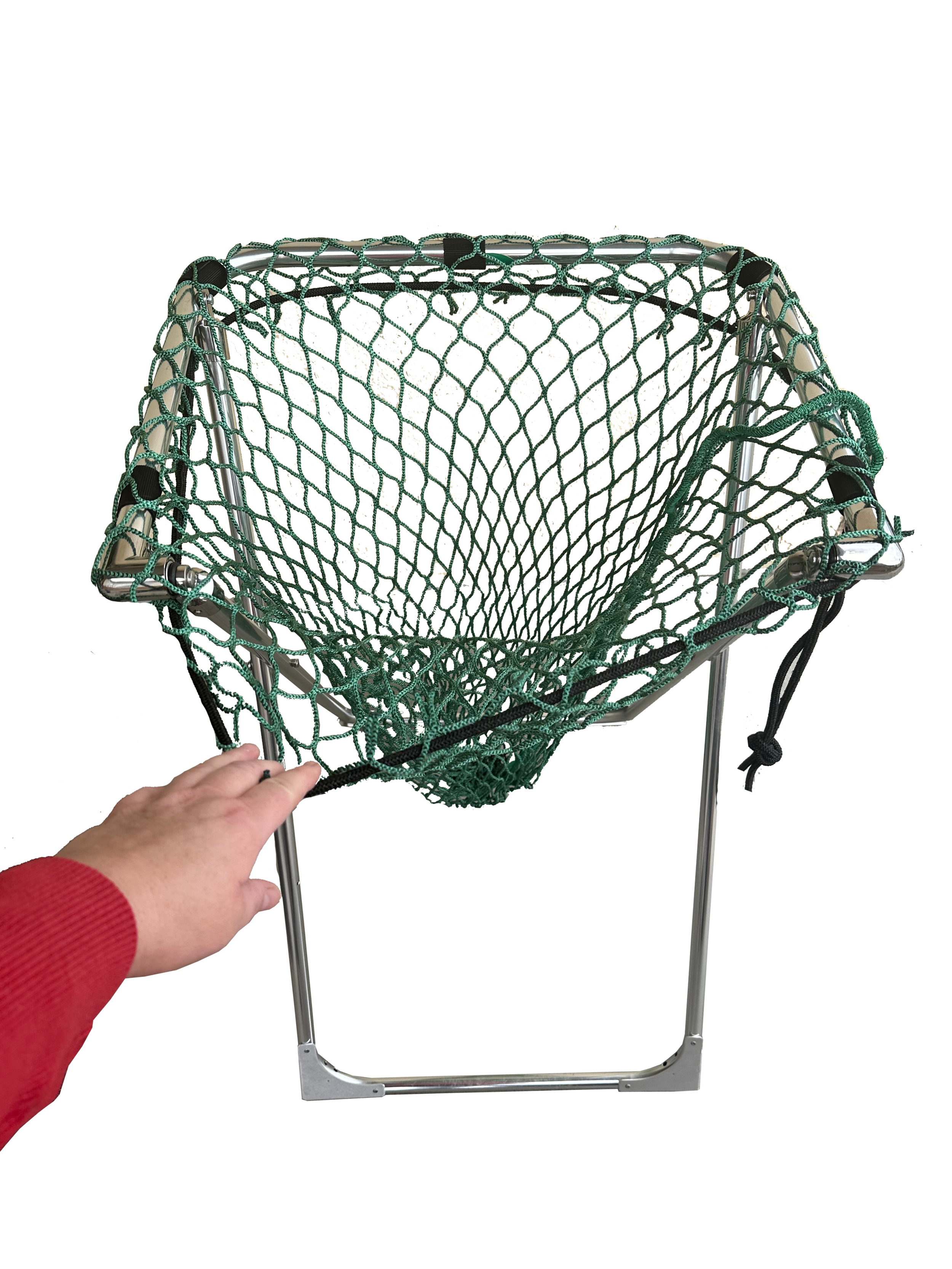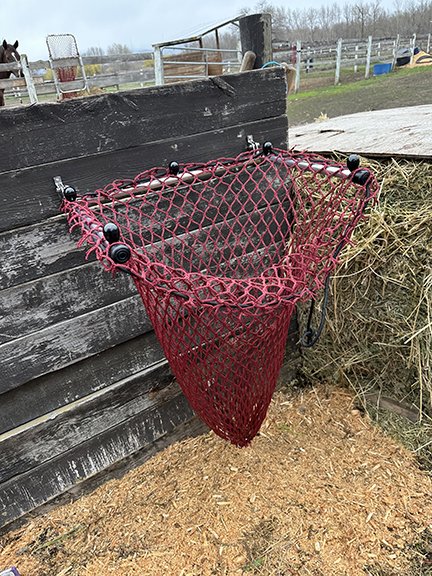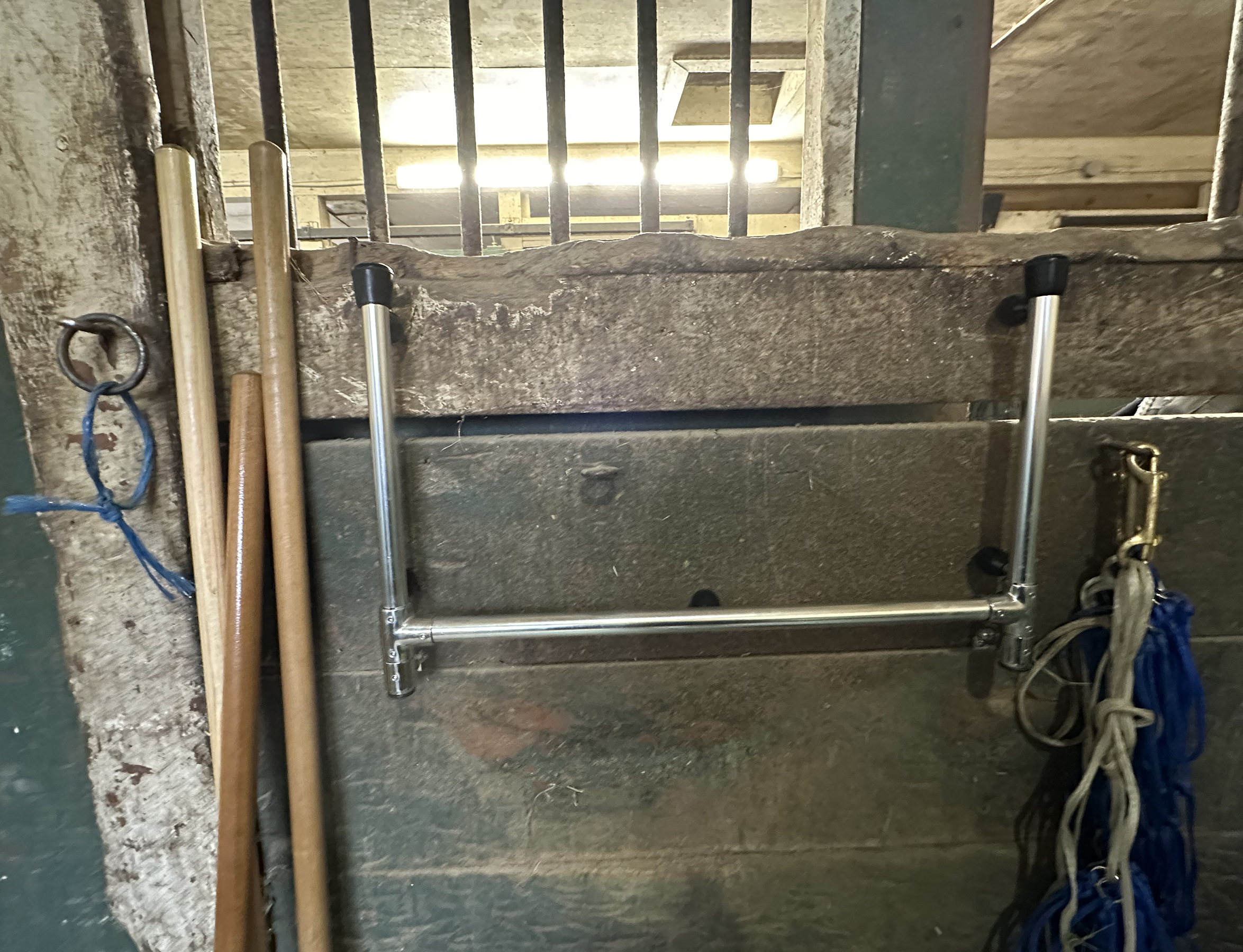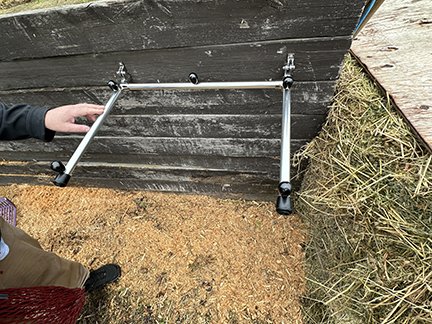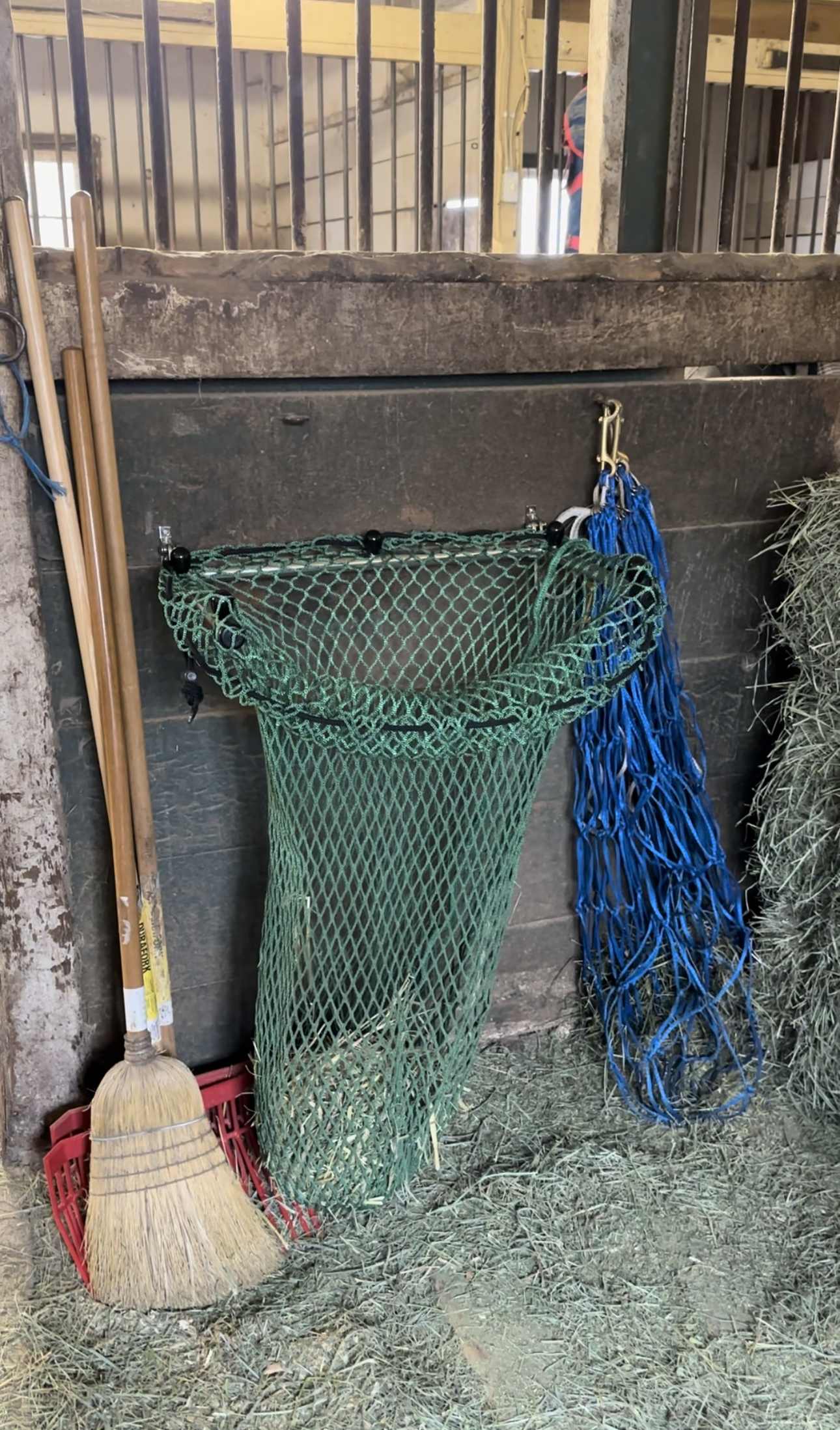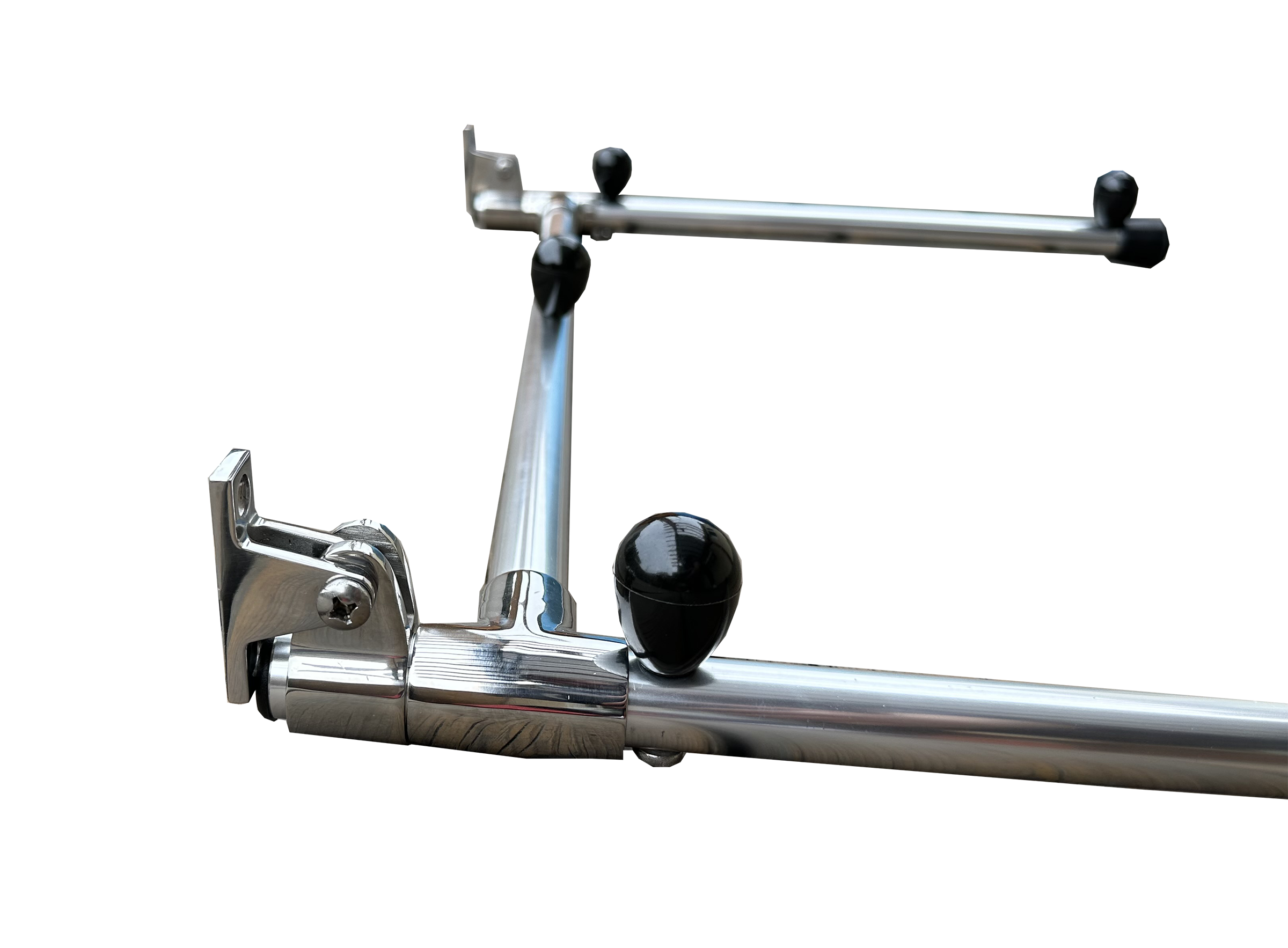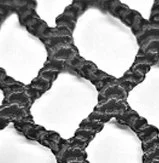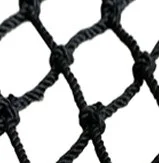What is slow-feeding?
The term ‘slow feeding’ generally refers to slowing down a horse’s intake of hay using a hay net. Hay placed into a hay net and given to a horse at mealtime lengthens the amount of time a horse spends eating their forage. It replicates a more natural ‘grazing-style’ of feeding when a horse can’t be out on pasture.
HayPal manufactures hay nets in pre-cut lengths as well as custom cuts. The mesh size of our nets is 1.5” (hole size). We have developed feeders that simplify loading hay into nets (slow feeders); these are sold with or without hay nets (nets must be minimum 1” hole size.
We have also designed hay weighing stations that accurately measure hay (great for laminitic/PPID/weight issue horses), as well as hay-filling stations to alleviate the onerous task of filling multiple hay nets.
Learn more about hay nets in the information below our hay net products.
An intro to hay nets and why people are using them:
* Health: Hay nets slow the rush for food
Hay nets extend the length of time horses eat their meals. This reduces the risk of colic, ulcers and gastrointestinal issues. Slower eating equals less tummy troubles, which equals fewer vet bills, which equals happier horses and humans.
*Cost: Save on the cost of hay
There is far less hay waste when using a hay net slow feeder. Less hay lands on the floor, more hay makes it into your pony. At $10-20 per small bale, saving hay makes sense (cents).
*Reduce stress: horse and human
Horses spend longer time feeding, less time worrying about their next meal. This equates to fewer behavioural issues.
Using HayPal slow feeders help eliminate the stress of having multiple people feed your horse (where was I supposed to hang that net? how high?) HayPal feeders take the mystery out of how to feed a horse.
Hay Net Basics:
Hay nets should be hung low enough to the ground that your horse feeds with their neck angled downward from their withers. This keeps the horse’s neck in a natural eating position and reduces any potential stress on their neck and back.
Very important: Keep the bottom of the hay net minimum 6” off the ground. You do not want your horse stepping on the net. Hay nets are not recommended for shod horses.
Hay Net Materials: polyester, polypropylene (PPE), nylon
In general, polyester absorbs less water & stays softer than nylon. It is our preferred material. Customers often comment on the softer finish of the net over extended periods of time.
Net Structure: knotless (1st image) or knotted (2nd image)
This choice is primarily a personal preference. Some opinions feel that knotless nets may be more gentle on a horse’s teeth. Research is ongoing.
Hay Net Mesh (Hole Size):
Perhaps the more important choice is the size of holes in the hay net. Bigger holes equal faster eating; smaller holes, slower eating. Not all horses will tolerate the smallest hole (1”).
If you’re unsure of which hole size to choose, try a 1.5” hole net (sometimes offered as 1.75”). Most horses adapt well to this size and do not stress about accessing food.
Some nets are as large as 4” holes. These nets are primarily designed to keep hay off the ground rather than slowing feeding down.
Hay Net Best Practices
Keep an empty hay net minimum 6” off the ground (adjust net length or placement of feeder to reach this minimum)
Head angle: Position nets so that the horse’s neck is in a downward angle from the withers
Not recommended for shod horses
Research Sources
Effect of hay nets on subluxations, pain-pressure thresholds, and cervical range of motion in the axial skeleton of adult horses (Journal of Equine Veterinary Science, February 2025) Hay nets can influence neck & cervical vertebrae; head position is important. Nets did not alter jaw, poll or wither pain-pressure thresholds.
Hay Nets, Horse Body Weight, Body Condition, and Dental Health (The Horse, September 19, 2024, based on the study linked in the previous listing) Hay nets can help horse owners reduce hay waste and prolong feeding time, which can reduce horse boredom and promote a more natural style of trickle feeding without negative effects to the horse’s dental health.
Studying the Shape Variations of the Back, the Neck, and the Mandibular Angle of Horses Depending on Specific Feeding Postures Using Geometric Morphometrics (Edited by Chris W Rogers; posted on National Library of Medicine, US) Different feeding positions are able to modify the shape of back and neck postures; best practice is head below height of withers, a more natural feeding position.
“How to use slow-feed haynets and slow feeders without endangering your horse’s limbs, hooves, and teeth” Article published in The Horse, April 19, 2021 by Christa Leste-Lasserre
For more information, visit our FAQ section.

